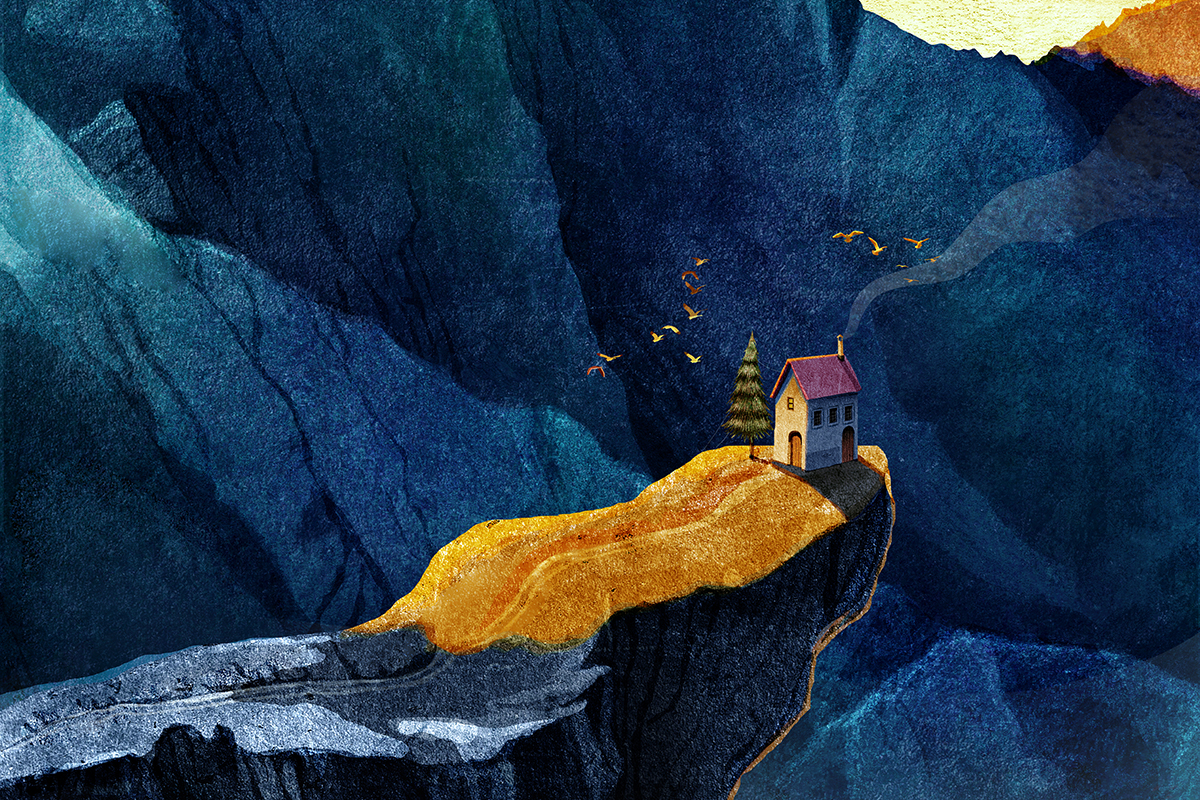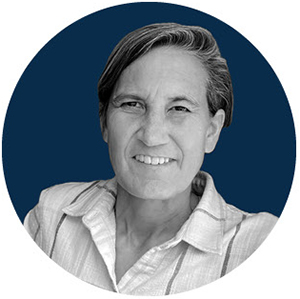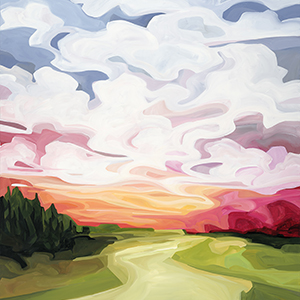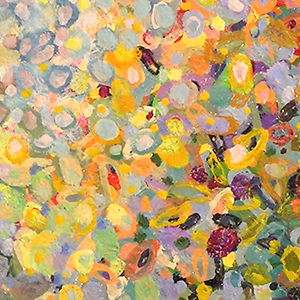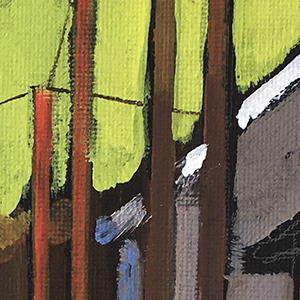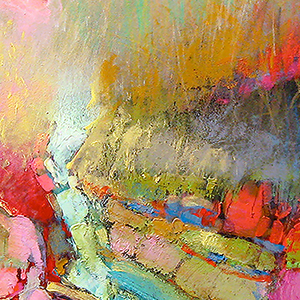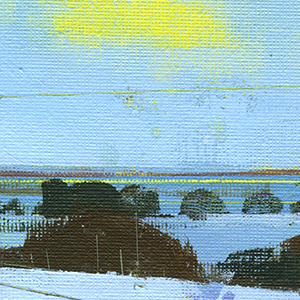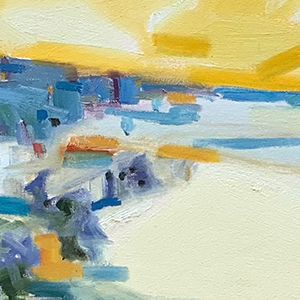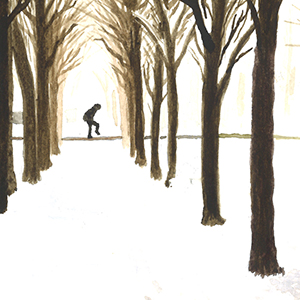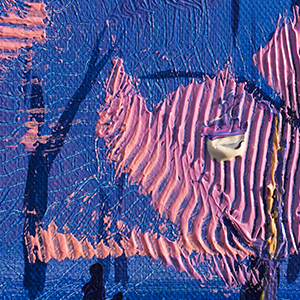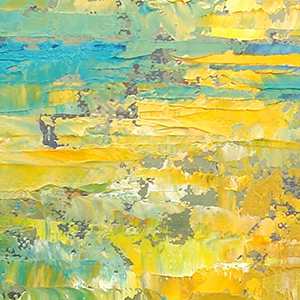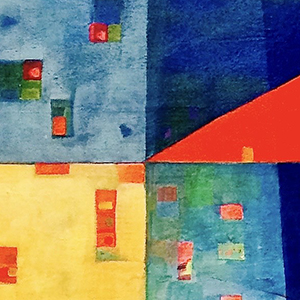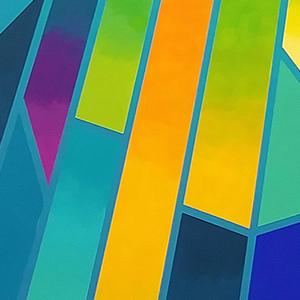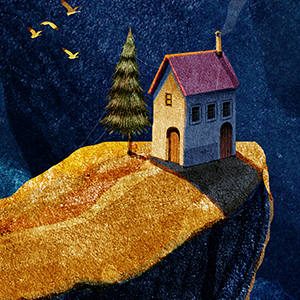“The kind of attention we bring to bear on the world changes the nature of the world we attend to . . . ” —Iain McGilchrist, The Master and His Emissary: The Divided Brain and the Making of the Western World
There is a scene in a campy film classic where a main character is about to die in a hand-to-hand duel with swords. His demise seems certain, and yet he is smiling, compelling his opponent to ask why. His response, “Because I know something you don’t know . . . I am not left-handed!”
Switching his sword to his other hand, he overtakes his opponent. This scene is a playful illustration of a profound truth that keeps me hopeful as an engineering educator. To me, it is an allegory that unimaginable results become possible when we operate from our strength rather than our weakness. In practice, I’ve substituted the phrase, “I am not left-brained” to remind me to act from my full neurological intelligence. Let me explain.
In the U.S., the engineering profession, like those of medicine and law, are practices that profess a firm moral commitment to prioritize the well-being of society.1 My efforts to understand the frequent gaps between our profession’s espoused values and systemic outcomes took me on a boundary-crossing adventure through all manner of academic disciplines. I learned that my discipline can be traced to Thomas Aquinas (c. 1225–1274), who conflated the philosophy of understanding with a quest for truth, producing an apparently God-authorized political tool of “science”2—to be sure, knowledge is power. Descartes later (ca. 1620) “adjusted everything to the level of reason . . . separating the intellect from intuition,”3 subjugating somatic wisdom. The “Western scientific method”4—on which present-day U.S. engineering and medicine rely—further suppressed holistic approaches and planted the seeds of inhumane logics with the primacy of aristocratic European male appetites5; the method itself does not include any ethical questions. The supreme power of this “Western science” revealed itself via the industrial revolution, which also created a cornucopia of weapons of mass destruction. As documented by cognitive psychologist Iain McGilchrist,6 our “left brain,” a term that McGilchrist himself confesses is not literally accurate, is the source of Western science logics. Modern-day westerners’ left hemispheres are literally larger than their right hemispheres.7 As predicted by Habermas,8 our present world has become dominated by this left-brained science and technology, ubiquitously and detrimentally applied when social, moral, and liberatory logics would be better fit for the purpose. And so, like the main character in the campy film classic, here we are, seemingly facing our collective demise because dominating powers have been operating out of their weakness, that is to say—out of the “left brain.”
The hope for transformational human and planetary outcomes lies in shifting the source of our action to our “right brain.” McGilchrist documents the science9 that shows our “right brain” is superior in almost every respect, including scientific reasoning; the “right brain” is collaborative with the “left,” it gives us access to intuition and empathy, and enables us to reason beyond our present-moment impulses. As an engineering educator, this understanding means I can consciously create learning environments that foster holistic development for my students and myself. Rather than approaching a course as a factory line which produces student “products” of varying qualities that I will “grade”—a left-brained disposition—I approach the classroom as a developmental space where I can support learners’ whole neurological development. A very simple activity is to begin classes with a practice of somatic grounding; slowing down, sitting comfortably, and giving ourselves 30 seconds to breathe slowly together goes a great distance in enabling our nervous system to shift from an activated state to a relaxed one. Those in my courses have expressed unsolicited gratitude for this simple practice, which they experience as helping them to learn and value self-care. The left brain will most certainly read the preceding sentence and cry out “Impossible! I cannot afford to waste 30 seconds of class time!” Our left brains tend to see the world through the straw of its own narrow, self-prioritizing vision, yet doesn’t know it. McGilchrist claims that modern humans in our left-brain dominant world are living in a “simulacrum of their own making” rather than in the world as it is. The left-brain cannot imagine that care of learners’ state of wellness in an engineering class enhances rather than depletes learning of technical subjects. It is literally that from our “left brain,” we are not able to apprehend the totality of beauty, complexity, and possibility that reality offers us–we can only recreate the past rather than envision a just and verdant future.
By stepping back and thinking through what is essential to an engineering education, we can create a life-giving curriculum. My colleague and I have offered thoughts on how we might begin, centering energetics, action in fields, flow, measurement and aliveness;10 I would add beauty.
To be sure, this journey of learning and unlearning the left brain’s undesirable habits is freely available to anyone. Doing so has cost me time and attention I might otherwise devote to a deeper exploration of a mechanistic world view, yet it has paid me back in greater well-being. I find that I am now more attentive to contextual dynamics along with ethical and moral implications; I am a better engineer. And I am more able and active in divesting my participation in systems that are producing suffering; I am living a more meaningful life.
Turning my attention to that of an interconnected, abundant, social, and alive universe—the strength of the right brain—has required practice and conscious effort. Psychologist Jeremy Clifton describes his experience in this shift in a recent podcast.11 Like him, I discovered that these practices of managing our attention require discipline. However, unlike the discipline of denying one’s whole self in service of profitability—a practice called “seasoning” that is traced to the slave trade of African captives,12 and arguably still practiced in far milder forms in modern day engineering education, that of tending to the whole self is life-giving rather than life-denying. That is, I have experienced that our attention is alive, with the self-replicating quality of autopoiesis;13 attention begets itself. And as we humans shift to these life-giving, right brain practices, our social systems as living systems14 will become life-giving in themselves.
What gives me hope is that I am not alone as an educator in my holistic developmental orientation. In engineering, several of my Olin College colleagues also embrace a more holistic education.15 Even more so, many young adults—those who are unadulterated—embody the vibrancy that wholeness produces, and they inspire me. At Olin, students have worked tirelessly with the mastery of great community organizers to advocate for institutional change for a just and verdant future. And there are models from other professions as well: In law, I see Crenshaw’s transformative work on intersectionality16 as a fundamental shift from a left-brained, individualistic legal framework to that of a right-brained, contextual understanding of social dynamics. In medical education, Sabena Y. Jameel’s recent article17 on “Healing the Whole: How Phronesis and Asklepions Can Transform Health Professional Education,” proposes a similar shift toward an education that strengthens our “right-brain.”
Of course, there is no need to abandon the left-brain; it continues as a companion when it is fit for the purpose, but it is not the source of strength that will enable the 8 billion humans and countless other living beings to thrive together. I invite anyone reading this to take up the life-giving journey of proceeding from your fullest, right-brained self. As always, we are whole; the task is simply to consciously embody our whole self.
Notes
- National Society of Professional Engineering Code of Ethics, adopted 1957; American Medical Association, Code of Ethics, adopted 1957; American Bar Association, Oath of Admission, pp. 584–585, adopted 1908.
- The historical trajectory of the Western scientific worldview is nicely summarized by Capra and Luisi in their book The Systems View of Life: A Unifying Vision. Cambridge University Press, 2014.
- Rendón, L. Academics of the Heart: Reconnecting the Scientific Mind with the Spirit’s Artistry. 24, 1–14 (2000).
- Bacon, Sir Frances, Novum Organum, 1620.
- Hanson, E. (1991). “Torture and Truth in Renaissance England,” Representations, 34 (Spring 1991), 53–84. doi.org/10.2307/2928770.
- McGilchrist, I. (2019). The Master And His Emissary: The Divided Brain and the Making of the Western World. Yale University Press.
- Henrich J. The WEIRDest People in the World. New York: Farrar, Straus, and Giroux, 2020.
- Ewert, GD. “Habermas and Education: A Comprehensive Overview of the Influence of Habermas in Educational Literature.” Review of Educational Research, 1991; 61(3):345–378.
- McGilchrist, I. (2021). The Matter With Things: Our Brains, Our Delusions, and the Unmaking of the World. Perspectiva Press, London.
- Vanasupa, L., & Barabino, G. (2021). “An Engineering Education of Holism: Einstein’s Imperative.” In Insights Into Global Engineering Education After The Birth Of Industry 5.0. IntechOpen. doi: 10.5772/intechopen.99211.
- “How Your Beliefs Shape Reality” (2023). The Hidden Brain. hiddenbrain.org/podcast/how-your-beliefs-shape-reality.
- Kenja McCray, Ph.D., “African Historian Explains Seasoning.” Coalition for Life Transformative Education, 2021 Annual Conference, September 22-23, 2021. youtu.be/JqQvQ7SPIsw.
- Autopoiesis is a distinguishing feature of living systems described in Varela F.G., Maturana, H.R., Uribe R. “Autopoiesis: The Organization of Living Systems, Its Characterization and a Model.” Biosystems. 1974; 5(4);187–196.
- Luhmann, N. (1995). Social Systems. Translated by Dirk Baecker, John Baecker, John Bednarz. United States: Stanford University Press.
- Mark Somerville documented Olin’s story in A Whole New Engineer (2014). D. E. Golberg, M. Somerville with C. Whitney. ThreeJoy Associates, Douglas, MI.
- Crenshaw, K. W. (2017). On Intersectionality: Essential Writings. The New Press.
- Jameel, S. “Healing the Whole: How Phronesis and Asklepions Can Transform Health Professional Education,” in Virtues & Vocations (Winter 2023). socialconcerns.nd.edu/virtues/magazine/healing-the-whole-how-phronesis-and-asklepions-can-transform-health-professional-education.





